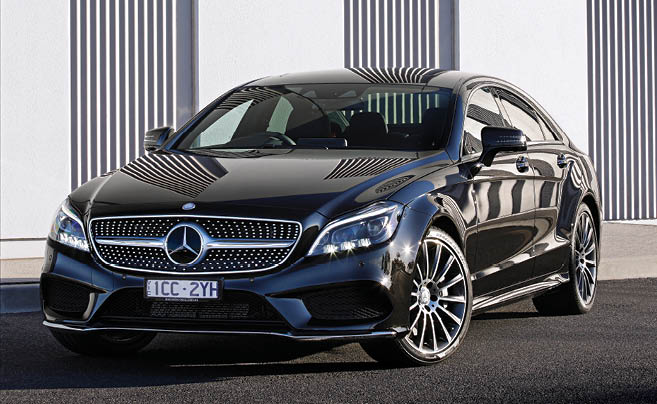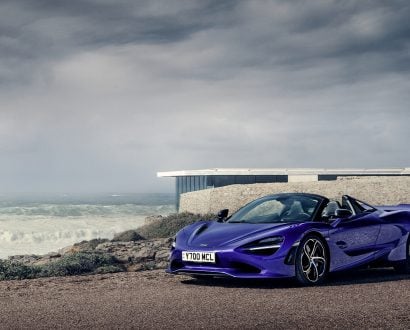In 1878, Ezra Stratton penned a book about horse-drawn carriages, The World on Wheels. Starting with Egyptian and Assyrian chariots, its contents spanned many centuries, right down to French, English, and American carriages of the nineteenth century. One chapter describes in great detail the coupe, a two-door carriage, with two or four seats, used mainly for short trips. In fact, it states: For the use of ladies making calls, or engaged in shopping, no better carriage has yet been invented.
Being shorter, it was lighter, therefore easier for the horse to pull. This lightweight concept translated very well when these horse-drawn appliances became self-motivated. Yes, the automobile form of the coupé was certainly lighter than its sedan counterpart, and was therefore faster and more agile. Little wonder, then, the sports car is almost always in coupé format.
But it was a little over a decade ago that Mercedes-Benz challenged the notion that a coupé had to have two doors. When it launched its CLS sedan in 2004 at the New York motor show, it was billed as a four-door coupé. The reaction of the masses was one of incredulity. Many scoffed at the notion that a coupé was a coupé based on shape only. Indeed, the original coupés were named as such by virtue of the French language; coupé means to cut short, thus turning a four-door carriage into a two door.







